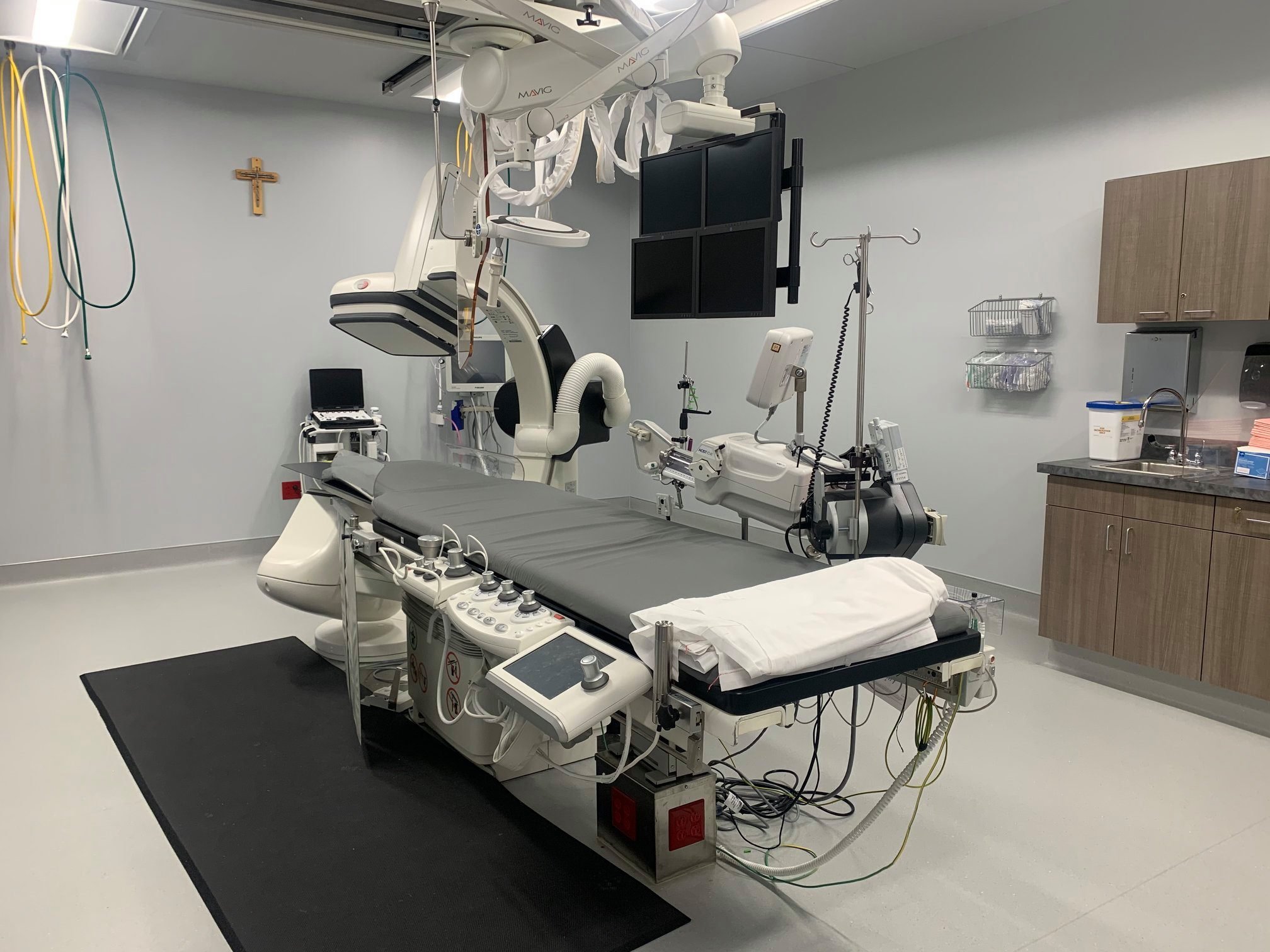
Deep Venous Obstruction
a condition characterized by the narrowing of the deep iliac veins, which can impede blood flow and lead to significant complications such as venous insufficiency or deep vein thrombosis.
When conservative treatments are ineffective, interventional procedures like venous stenting and balloon venoplasty become necessary. Balloon venoplasty involves the insertion of a catheter with a balloon that is inflated at the site of stenosis to widen the vein, while stenting involves placing a small mesh tube to keep the vein open and maintain proper blood flow.
To accurately assess the severity and location of the stenosis, imaging techniques such as intravascular ultrasound (IVUS) and peripheral venography are utilized. IVUS provides real-time, high-resolution images of the venous structure, allowing for precise evaluation of the stenosis.
While peripheral venography involves injecting contrast dye into the venous system followed by X-ray imaging to visualize the anatomy and confirm the presence of blockages. Together, these diagnostic and therapeutic approaches effectively address deep iliac vein stenosis, improving venous circulation and reducing the risk of associated complications.
